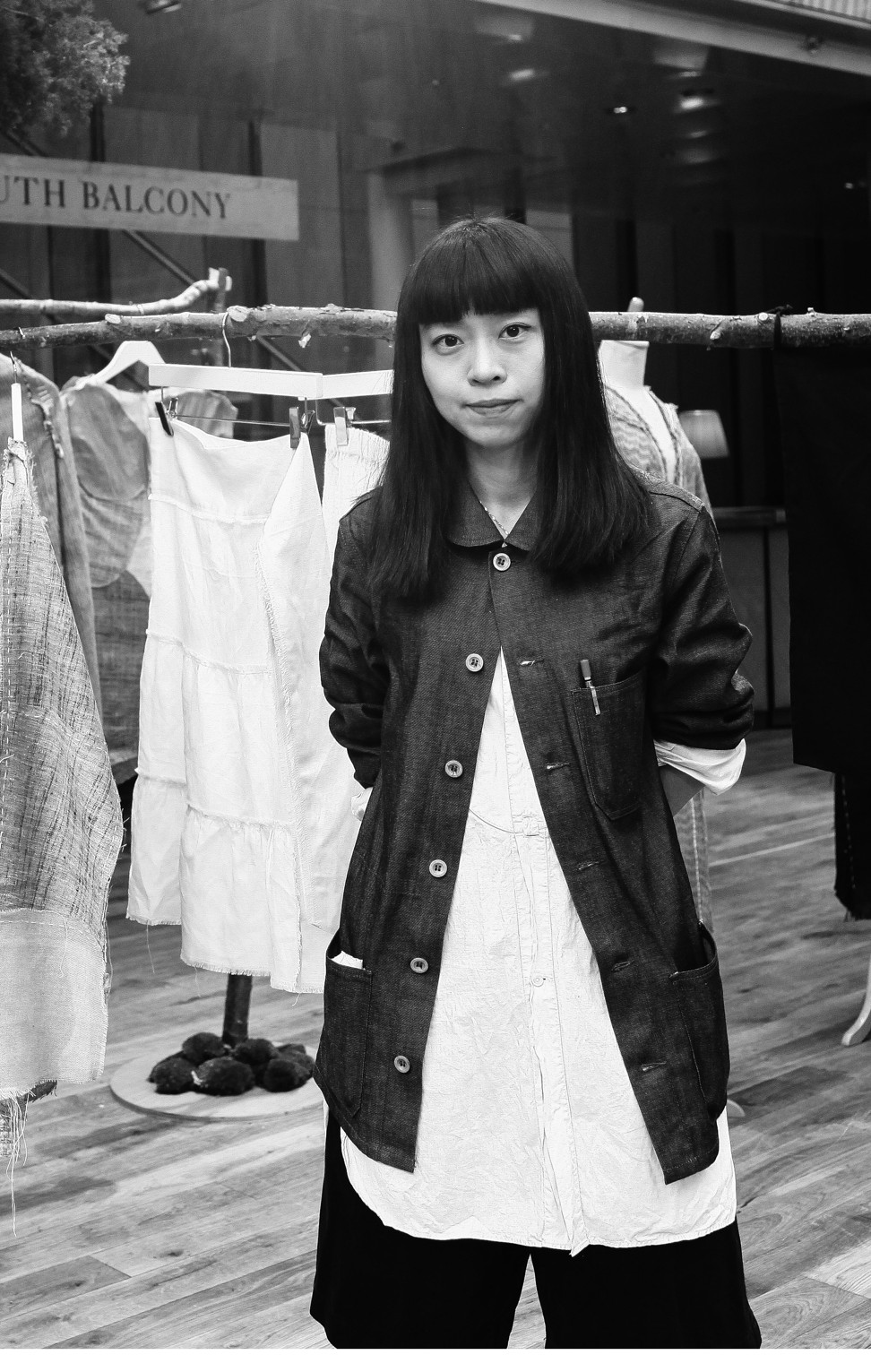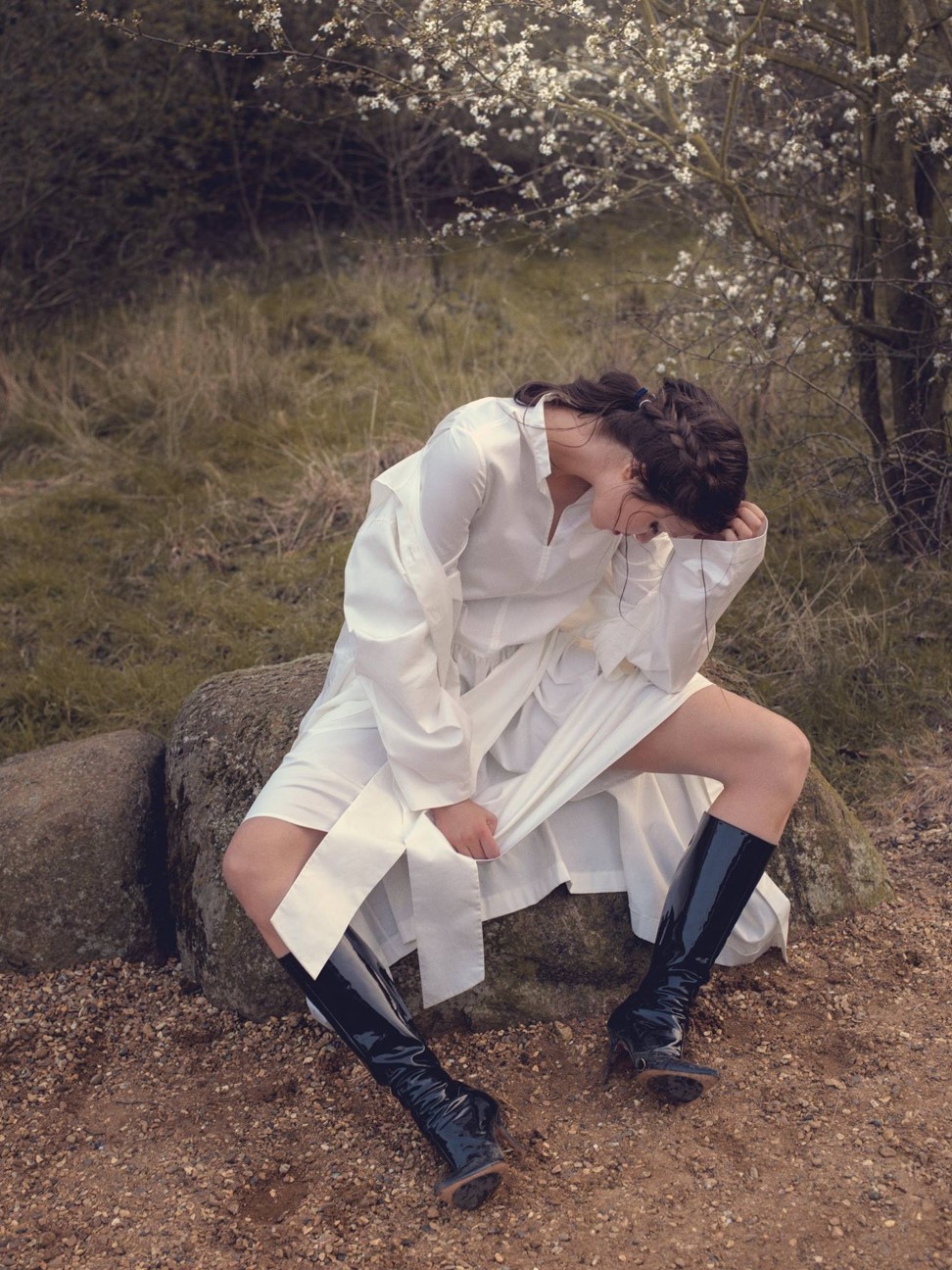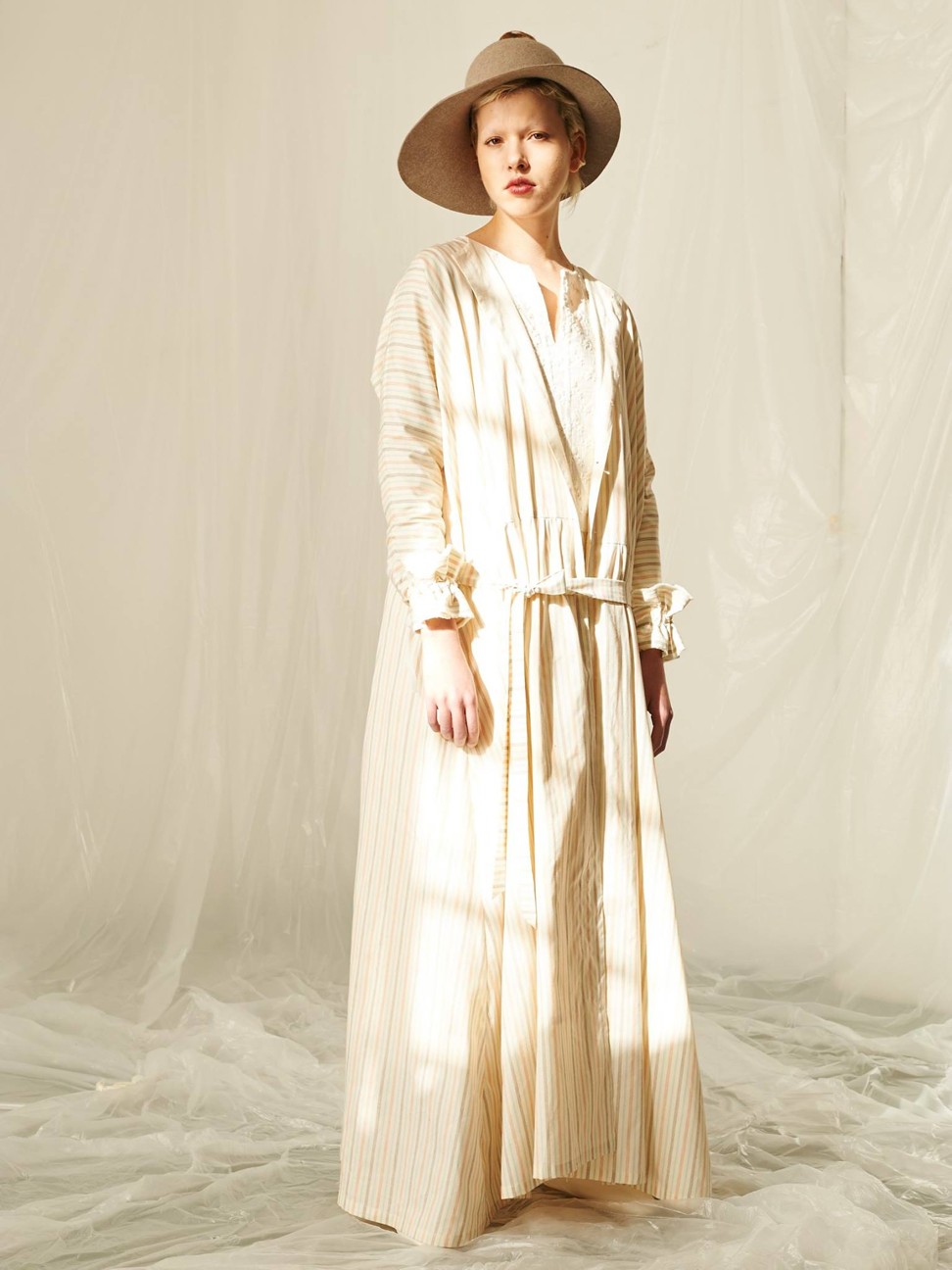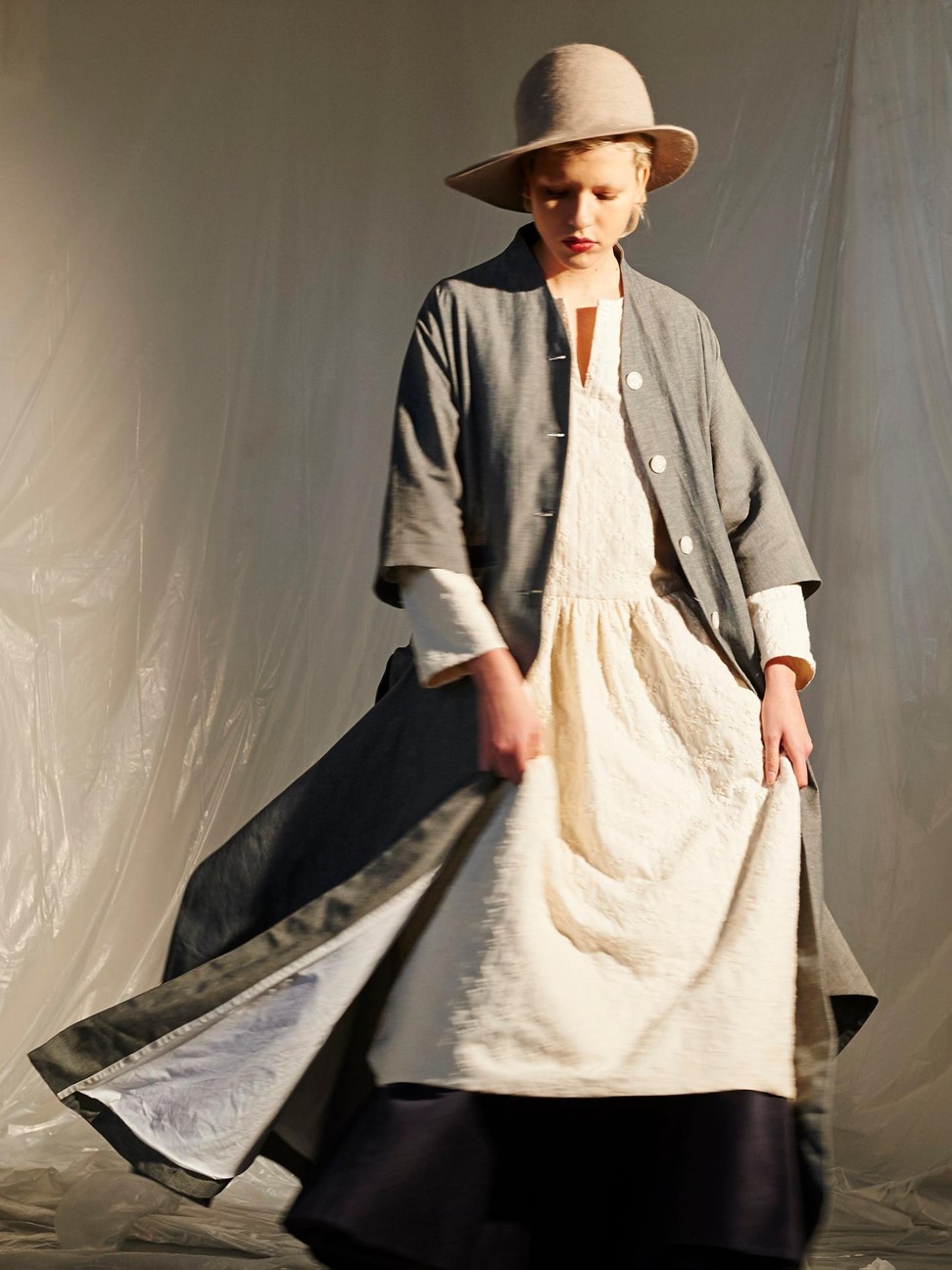
Renli Su: the Chinese designer spinning threads of memory into dreamlike chic
19th-century workwear meets the faint scent of sweet osmanthus flower in the stylings of a London-based creative earning namechecks from fashion’s international elite
Renli Su is a storyteller, and her medium of choice is fashion.
The Fujian-born millennial designer plays with identity and femininity in the eponymous brand she founded four years ago in London, her adopted home.
Her brand – which she describes as modern, girlie, dreamy, and light – weaves together a collection of influences: past and present, Chinese and British.
“I like that clothing is a type of art that directly relates to people,” said Su, sporting cropped black hair and round glasses. “Fashion design is an interesting way to tell a story. It talks about culture, personality, and there are infinite nuances to play with.”
Su’s biggest design inspiration is 19th century Victorian fashion but she also draws on her cultural background from China, her surroundings in modern-day London, and an assortment of other influences – from the philosophies of Belgian choreographer Anne Teresa De Keersmaeker to the shots of falling snowflakes by Japanese photographer Yuji Obata.
The core of her brand, Su said, is about “a specific feeling, rather than a certain look” – evoking something dreamlike.
“Some people are trying to make something very crazy, very strange to catch the eye. But for me, it’s not about getting that kind of attention,” she said from Paris, where she was promoting her latest collection. “[The brand] is more humble, and it brings you to another world.”
Growing up in the small seaside town of Quanzhou, a place with strong Buddhist influences, Su always knew she wanted to be an artist.
She studied painting and fashion at the Central Academy of Fine Arts in Beijing, before moving to Britain for a master’s in fashion design and technology at the London College of Fashion.
After graduating, Su took a leap of faith and launched her own brand in 2013, hoping to explore “the Eastern perspective of the Western world of womenswear”. The brand spun historical influences into modern craftsmanship, employing speciality fabrics mainly sourced from China, including Chinese silks and handwoven ramie, a traditional linen.
Su was soon attracting attention on the London fashion scene, prompting Vogue international editor Suzy Menkes to describe her as a designer with “a vision from her own world”. Last year, the 30-year-old made it onto Forbes magazine’s 30 Under 30 Asia list.
Su now works on her collections with a team of three to five people in London, while liaising with investors in Shenzhen. Her latest collection, for spring/summer 2018, is based on water and air.
“We researched water in all its states and conditions, trying to capture the movement or transparency, or organic playfulness in our designs,” she said.
The resulting collection was fancy and girlie, featuring flowing trousers, cream-coloured smocks, and faded peach camisoles with horn and mother-of-pearl buttons. It tied together hand-weaving techniques with British 19th-century workwear, blending layers of semi-transparent silk with metallic fabric woven with nylon.
Some fabrics were embroidered with sweet osmanthus flowers, inspired by the plants that grew outside her grandmother’s house in Quanzhou.
“[The flower design] is the childhood memory of my grandmother’s garden,” Su said. “But now the house has been knocked down. My childhood does not exist any more … so everything in my memory, it has gone.”
Su’s autumn/winter collection for 2018 will focus on a character, telling the story of a Victorian-era woman who may have been the first to sail the world.
“So step by step, it’s like shooting a movie,” Su said. “We want to … use our design as a language to tell stories.”
Su also often wears the more practical pieces from her collections, which she said are designed for elegant and modern women.
“We are the kind of people we design for,” she said.
The young designer hopes to continue growing her brand, broadening its audience to reach international markets such as China. But she aims to stay true to her personal vision.
“For a designer, a very difficult thing is to keep your own style,” Su said. “The salespeople from different markets, your investors – too many people are telling you different opinions, even [public relations] people … so you need to keep your own style, and really get into it. Go deeper. Keep your own style.”





